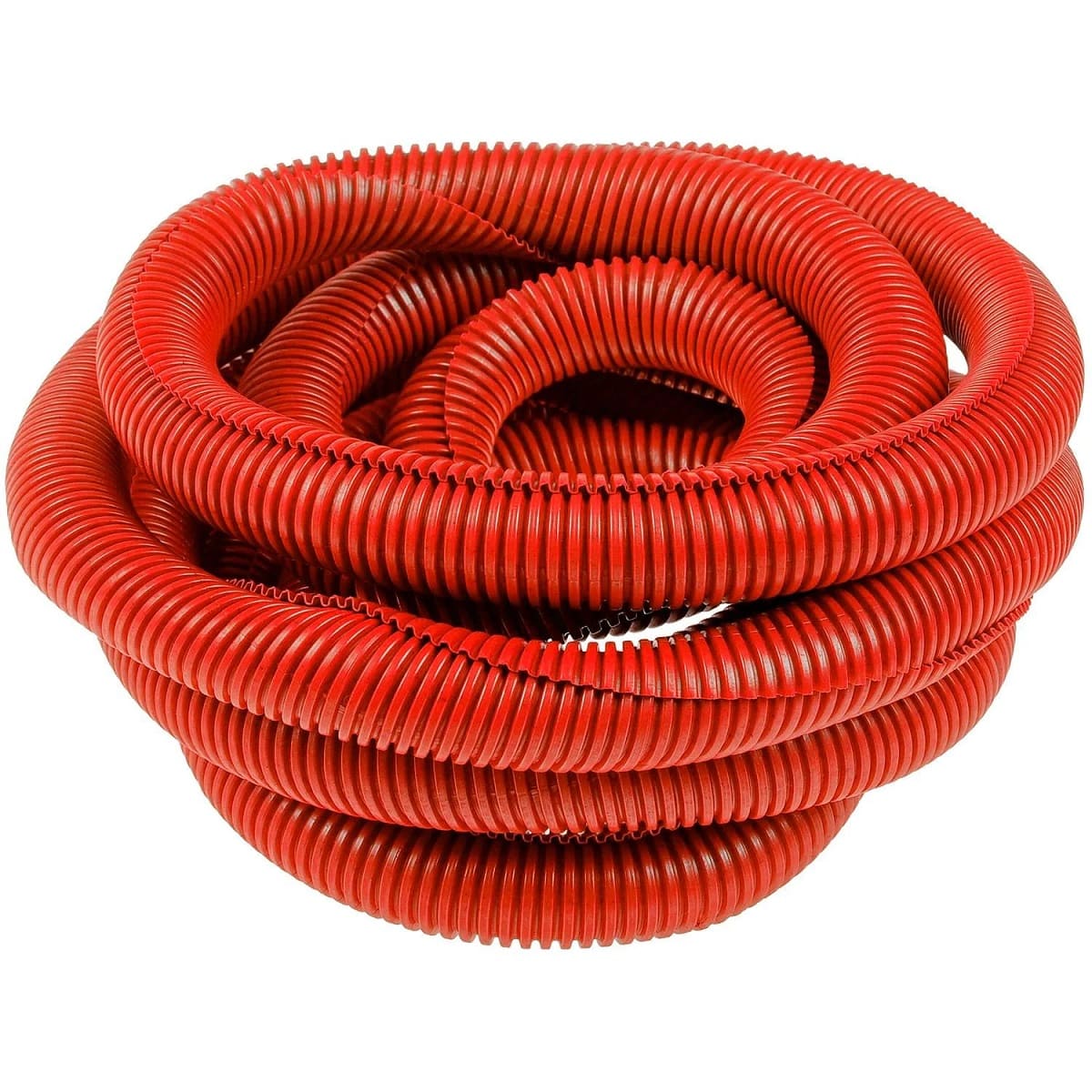

Articles
What Is Red Conduit Used For
Modified: March 1, 2024
Read informative articles about the uses and benefits of red conduit in various industries. Find out how this essential component plays a crucial role in electrical installations and cable management.
(Many of the links in this article redirect to a specific reviewed product. Your purchase of these products through affiliate links helps to generate commission for Storables.com, at no extra cost. Learn more)
Introduction
Welcome to the world of red conduit! If you’ve ever wondered what this vibrant and versatile material is used for, you’ve come to the right place. Red conduit, also known as electrical conduit, is a tubular conduit system that is primarily used for protecting and organizing electrical wires, cables, and other components in residential, commercial, and industrial settings.
With its distinct red color, red conduit stands out and adds a touch of visual appeal to any electrical installation. But it’s not just about aesthetics – red conduit plays a vital role in ensuring the safety, efficiency, and longevity of electrical systems. By providing a protective housing for wires and cables, red conduit helps prevent damage from moisture, impact, and other external factors.
In this article, we will explore the various uses and applications of red conduit, including electrical wiring, cable management, HVAC systems, and plumbing. We will also delve into the advantages that red conduit offers over other types of conduit materials. So, let’s dive in and discover the wonders of red conduit!
Key Takeaways:
- Red conduit is a vibrant and versatile material primarily used for protecting and organizing electrical wires, cables, and other components in residential, commercial, and industrial settings, ensuring safety, efficiency, and longevity of electrical systems.
- With its distinct red color, red conduit stands out and adds a touch of visual appeal to any electrical installation, while also providing a protective housing for wires and cables, helping prevent damage from moisture, impact, and other external factors.
Read more: What Is Conduit Used For
Definition of Red Conduit
Red conduit is a type of electrical conduit that is specifically designed to protect and route electrical wiring in various applications. It is made from a durable and flame-retardant material, typically PVC (polyvinyl chloride), that can withstand the rigors of everyday use. The color red is commonly used to distinguish red conduit from other types of conduit, making it easily identifiable in electrical installations.
Red conduit comes in different sizes, ranging from half an inch to several inches in diameter, to accommodate various wire sizes and types. It is available in rigid or flexible forms, depending on the specific needs of the installation. Rigid red conduit is commonly used for surface-mounted or exposed electrical runs, while flexible red conduit, also known as conduit tubing or conduit hose, is suitable for installations that require additional flexibility, such as in tight or curved spaces.
One of the key features of red conduit is its ability to protect wires and cables from damage. It acts as a physical barrier that shields the electrical components from moisture, dust, pests, and accidental impact. This protection is essential to maintain the integrity of the electrical system and ensure the safety of the people using it.
In addition to its protective properties, red conduit also provides a neat and organized solution for managing electrical wiring. By routing the wires through the conduit, it helps to reduce clutter and potential hazards associated with loose or tangled wires. This makes it easier to identify, troubleshoot, and maintain the electrical system efficiently.
Overall, red conduit is an indispensable component in electrical installations. Its durable construction, protective capabilities, and visual distinction make it a reliable and efficient choice for a wide range of applications.
Uses of Red Conduit
Red conduit finds a wide range of uses in various industries and applications. Let’s explore some of the common uses for red conduit:
- Electrical Wiring: One of the primary uses of red conduit is in electrical wiring systems. It provides a protective housing for electrical wires, helping to safeguard them from damage and ensuring compliance with safety regulations. Red conduit is frequently used in residential, commercial, and industrial settings to route wires from the main electrical panel to outlets, light fixtures, and other electrical devices.
- Cable Management: Red conduit is an excellent solution for managing and organizing cables in both home and office environments. By enclosing cables within the conduit, it helps to prevent tangling, tripping hazards, and cable damage caused by abrasion or movement. Red conduit is often used in entertainment setups, computer networks, and telecommunications installations to keep cables secure and easily accessible.
- HVAC Systems: Red conduit is also used in HVAC (heating, ventilation, and air conditioning) systems. It serves as a protective conduit for electrical wiring used in air conditioning units, heaters, fans, and other HVAC components. Red conduit helps ensure the safe and efficient operation of the system by shielding the wires from environmental factors and preventing electrical shorts or malfunctions.
- Plumbing Applications: While red conduit is primarily associated with electrical wiring, it can also be used in certain plumbing applications. In situations where plumbing pipes need to be protected from potential damage or where other services, such as electrical or communication cables, run parallel to plumbing pipes, red conduit can provide an extra layer of protection and organization.
- Outdoor Installations: Red conduit is designed to withstand harsh weather conditions, making it suitable for outdoor installations. It is commonly used for outdoor lighting setups, garden irrigation systems, and outdoor data or power connections. The red color of the conduit makes it highly visible, ensuring safety and ease of identification in outdoor environments.
These are just a few examples of the many uses of red conduit. Whether it’s protecting electrical wires, managing cables, or organizing plumbing pipes, red conduit offers a reliable and versatile solution across various industries and applications.
Red Conduit in Electrical Wiring
Red conduit plays a crucial role in electrical wiring systems, providing a safe and organized solution for routing electrical wires. Here are some key aspects of red conduit in electrical wiring:
Protection: One of the primary purposes of red conduit in electrical wiring is to protect the wires from external elements. The conduit acts as a physical barrier that shields the wires from moisture, dust, and accidental impacts. This protection helps to prevent short circuits, wire damage, and potential hazards.
Compliance with Safety Standards: Red conduit is designed to meet specific safety standards and regulations. It ensures that electrical installations adhere to industry guidelines and local building codes. By using red conduit in electrical wiring, the risk of electrical accidents and fire hazards is significantly reduced.
Organization and Clutter Reduction: Red conduit provides a neat and organized solution for managing electrical wires. By enclosing the wires within the conduit, it eliminates loose and exposed wires, reducing the risk of tangling, tripping hazards, and accidental wire damage. This organized approach makes it easier to identify, troubleshoot, and maintain the electrical system.
Easier Maintenance: Red conduit simplifies the process of maintenance and repairs in electrical systems. With the wires enclosed within the conduit, it is easier to access and work on specific sections of the electrical wiring. This saves time and effort during routine inspections, upgrades, or troubleshooting.
Flexibility: Red conduit is available in both rigid and flexible forms to accommodate different installation needs. Rigid red conduit is commonly used for surface-mounted or exposed electrical runs, providing a strong and durable protective housing. Flexible red conduit, on the other hand, offers greater flexibility and is suitable for installations that require bending or maneuvering in tight spaces.
Identifiability: The distinct red color of the conduit makes it easily identifiable in electrical installations. This makes it convenient for electricians and maintenance personnel to locate specific wires and troubleshoot any issues. The visibility of red conduit also ensures that proper precautions are taken when working around electrical wiring.
Overall, red conduit is an essential component in electrical wiring systems. Its protective capabilities, compliance with safety standards, organization benefits, and ease of maintenance make it a reliable choice for ensuring the efficient and safe operation of electrical systems.
Red Conduit in Cable Management
Red conduit is not only limited to electrical wiring systems; it also serves as a valuable tool in cable management. Here’s how red conduit is utilized in cable management:
Protection: Similar to its role in electrical wiring, red conduit provides protection for cables. By enclosing cables within the conduit, it shields them from external factors such as moisture, dust, and accidental damage. This protection helps to maintain the integrity and longevity of the cables, reducing the risk of signal interference, data loss, or cable failure.
Organization and Neatness: Red conduit is a fantastic solution for organizing and concealing cables, whether in homes, offices, or other environments. Instead of having tangled and unsightly cables scattered around, the use of red conduit keeps them neatly organized and tucked away. This not only enhances the appearance of the space but also reduces the chances of tripping hazards caused by loose cables.
Ease of Access: Red conduit makes it easier to access and manage cables when needed. With the cables enclosed within the conduit, it is simpler to identify and trace specific cables, making installations, repairs, or changes more efficient. This ease of access saves time and minimizes disruptions in situations where cables need to be re-routed or added.
Flexibility: Red conduit is available in both rigid and flexible forms, offering flexibility in cable management. Rigid red conduit is suitable for surface-mounted or exposed cable runs, providing a sturdy and protective housing. Flexible red conduit, often referred to as conduit tubing or conduit hose, is ideal for installations that require bending or maneuvering cables in tight or curved spaces.
Labeling and Identification: Red conduit can be easily labeled or color-coded, allowing for clear identification of specific cables or cable groups. This makes it simpler to locate and trace cables, ensuring efficient cable management and troubleshooting. By using red conduit in cable management, it becomes much easier to identify cables during maintenance or when making changes to the system.
Outdoor Applications: Red conduit is designed to withstand harsh outdoor conditions. This makes it an excellent choice for cable management in outdoor areas, such as in gardens, construction sites, or entertainment setups. It protects the cables from environmental elements, including UV radiation and moisture, ensuring their long-term performance.
In summary, red conduit is a versatile and practical solution for cable management. It provides protection, organization, ease of access, and flexibility, making it an invaluable tool in managing and preserving the integrity of cables in various settings.
Red conduit is typically used for electrical wiring in fire alarm systems, emergency lighting, or other critical circuits. It helps to easily identify and differentiate these important circuits from others in a building.
Read more: What Is Blue Conduit Used For
Red Conduit in HVAC Systems
Red conduit plays a crucial role in HVAC (heating, ventilation, and air conditioning) systems, providing a protective housing for electrical wiring used in various HVAC components. Let’s delve into how red conduit is utilized in HVAC systems:
Protection: Red conduit acts as a safeguard for electrical wiring in HVAC systems, protecting it from potential damage. It shields the wires from moisture, dust, and accidental impact, ensuring their longevity and safe operation. This protection prevents electrical malfunctions, short circuits, and potential hazards in the HVAC system.
Routing and Organization: Red conduit provides a neat and organized solution for routing electrical wires in HVAC systems. It helps to keep the wires organized and reduces the risk of tangling or becoming entangled with other components. The use of red conduit makes it easier to identify and trace specific wires within the system, simplifying maintenance, repairs, and system upgrades.
Temperature Resistance: HVAC systems involve components that generate heat or exposure to high temperatures. Red conduit is designed to withstand these conditions, ensuring the safe operation of the electrical wiring within the system. It prevents the wires from being damaged by heat or becoming a potential fire hazard.
Flexibility and Accessibility: Red conduit is available in both rigid and flexible forms, offering flexibility in HVAC system installations. Rigid red conduit is commonly used for surface-mounted runs or exposed wiring, providing a sturdy protective housing. Flexible red conduit is suitable for installations in tight or curved spaces, allowing for greater maneuverability of the electrical wires within the HVAC system.
Identifiability: The distinct red color of the conduit makes it easily identifiable within HVAC systems. This visual distinction ensures that HVAC technicians can quickly locate and trace specific wires when troubleshooting or performing maintenance. The use of red conduit contributes to the safety and efficiency of the HVAC system.
Compliance with Standards: Red conduit for HVAC systems is designed to meet industry standards and regulations related to electrical safety. By using red conduit, HVAC installations comply with these standards, ensuring the longevity and safety of the system.
Overall, red conduit serves as an essential component in HVAC systems. It provides protection, organization, temperature resistance, flexibility, and compliance with safety standards, contributing to the efficient and safe operation of the electrical wiring within the HVAC system.
Red Conduit in Plumbing Applications
Although primarily associated with electrical wiring, red conduit can also have applications in certain plumbing scenarios. Here’s how red conduit can be utilized in plumbing installations:
Protection: Red conduit adds an additional layer of protection to plumbing pipes in certain situations. By encasing the pipes within the conduit, it helps safeguard them from potential damage caused by external factors like impact, abrasion, or accidental contact. This protection ensures the integrity and longevity of the plumbing system.
Parallel Services: In some cases, plumbing pipes may run parallel to other services such as electrical or communication cables. Red conduit can be employed to separate and protect these services to prevent interference or accidental damage. By providing a distinct barrier between the plumbing pipes and other services, the risk of potential conflicts or accidents is minimized.
Underground Installations: Red conduit can be particularly useful in underground plumbing installations. By enclosing the pipes within the conduit, they are shielded from the surrounding soil and potential damage caused by ground movement. In addition, the red color of the conduit serves as a visual indicator, aiding in locating the plumbing pipes during future excavations or maintenance.
Corrosion Protection: When used in certain plumbing applications, red conduit can act as a protective layer against corrosion. This is especially relevant in environments where the plumbing pipes may come into contact with corrosive substances or be exposed to harsh conditions. The conduit helps to insulate the pipes, reducing the risk of deterioration over time.
Organization and Accessibility: Red conduit can provide a neat and organized solution for routing plumbing pipes, enhancing the overall efficiency of the plumbing system. By bundling the pipes within the conduit, it reduces clutter and simplifies access when repairs, maintenance, or modifications are necessary. The use of red conduit in plumbing applications allows for easier identification and tracing of specific pipes within the system.
Code Compliance: When using red conduit in plumbing applications, it is crucial to ensure compliance with local building codes and regulations. Plumbing codes may have specific requirements for conduit usage, such as material specifications and installation guidelines. Adhering to these codes helps to ensure the safety and legality of the plumbing installation.
While red conduit is primarily associated with electrical wiring, its use in certain plumbing applications can provide additional protection, organization, and compliance with building codes. By incorporating red conduit into plumbing installations, the overall efficiency and integrity of the plumbing system can be enhanced.
Advantages of Using Red Conduit
Using red conduit offers several advantages in various applications. Let’s explore the benefits of incorporating red conduit into electrical, cable management, HVAC, and plumbing installations:
- Protection: Red conduit provides a protective housing for electrical wires, cables, or plumbing pipes. It shields them from environmental factors like moisture, dust, impact, and abrasion, reducing the risk of damage or malfunction. This protection ensures the longevity and safe operation of the installed components.
- Organization: Red conduit helps to keep wires, cables, or pipes organized. By confining them within the conduit, it eliminates clutter and reduces the risk of tangling or entanglement. This organized approach simplifies maintenance, troubleshooting, and upgrades, saving time and effort.
- Identification: The distinct red color of the conduit makes it easily identifiable, ensuring visibility in electrical, cable management, HVAC, or plumbing installations. It aids in locating and tracing specific wires, cables, or pipes, facilitating quick and efficient maintenance or repairs.
- Safety Compliance: Using red conduit in electrical, cable management, or plumbing applications ensures compliance with safety regulations and industry standards. It helps meet the requirements set forth by local building codes, contributing to the safety and legality of the installation.
- Flexibility: Red conduit is available in both rigid and flexible forms. Rigid conduit provides a sturdy and durable protection, ideal for surface-mounted or exposed applications. Flexible conduit allows for bending or maneuvering in tight spaces, increasing installation flexibility and adaptability.
- Visual Appeal: The vibrant red color of the conduit enhances the aesthetic appeal of the installation. Whether it’s an electrical, cable management, HVAC, or plumbing system, the red conduit adds a touch of visual distinction, making the installation visually appealing and professional-looking.
- Longevity: Red conduit is typically made of durable materials like PVC (polyvinyl chloride) that can withstand the rigors of everyday use. It resists corrosion, impacts, and the effects of UV radiation, ensuring the longevity of the installed components.
Overall, the advantages of using red conduit encompass protection, organization, identification, safety compliance, flexibility, visual appeal, and longevity. By incorporating red conduit into various applications, the overall efficiency, safety, and aesthetics of the installation are enhanced.
Conclusion
Red conduit, with its vibrant color and versatile properties, offers a multitude of benefits in various applications. Whether used in electrical wiring, cable management, HVAC systems, or even plumbing installations, red conduit provides protection, organization, identification, and compliance with safety standards.
In electrical wiring, red conduit plays a critical role in safeguarding wires from damage and ensuring compliance with safety regulations. It provides a neat and organized solution, reducing clutter and simplifying maintenance. Meanwhile, in cable management, red conduit keeps cables organized, minimizes tripping hazards, and allows for easy access and identification.
Furthermore, red conduit finds its place in HVAC systems by protecting electrical wiring from environmental factors and providing flexibility in installations. In plumbing applications, red conduit adds an extra layer of protection for pipes and aids in organization and identification in complex systems.
Using red conduit brings numerous advantages, including enhanced protection, organization, visual appeal, and compliance with safety regulations. The vibrant red color of the conduit helps with easy identification in the midst of complex installations, further aiding in troubleshooting and maintenance tasks.
In conclusion, red conduit is an invaluable component in providing a safe, efficient, and organized solution for electrical, cable management, HVAC, and plumbing applications. It ensures the longevity of the installed components and contributes to the overall aesthetics of the systems. When it comes to protecting and organizing wires, cables, and pipes, red conduit is undoubtedly a reliable and versatile choice.
Frequently Asked Questions about What Is Red Conduit Used For
Was this page helpful?
At Storables.com, we guarantee accurate and reliable information. Our content, validated by Expert Board Contributors, is crafted following stringent Editorial Policies. We're committed to providing you with well-researched, expert-backed insights for all your informational needs.
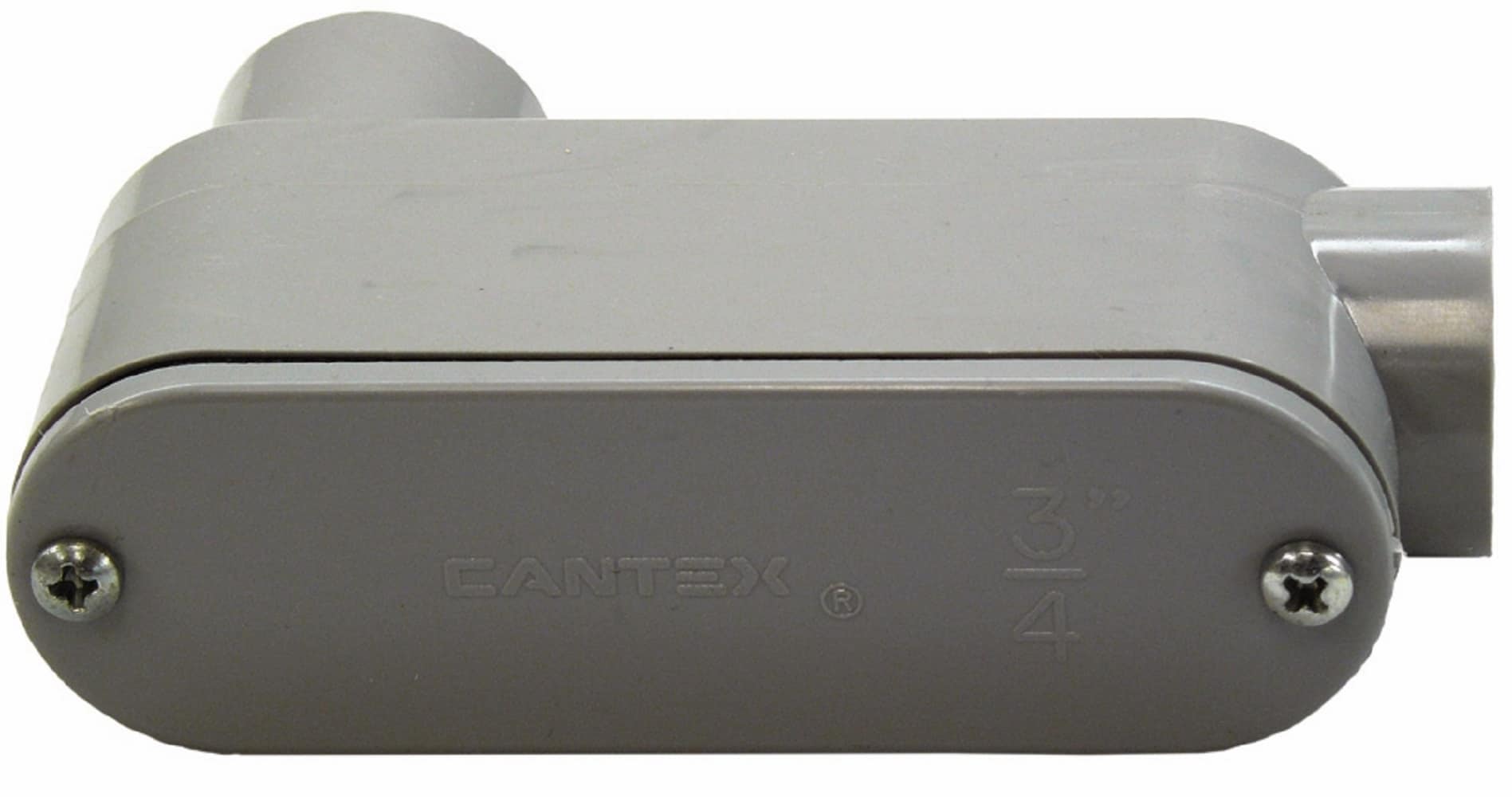


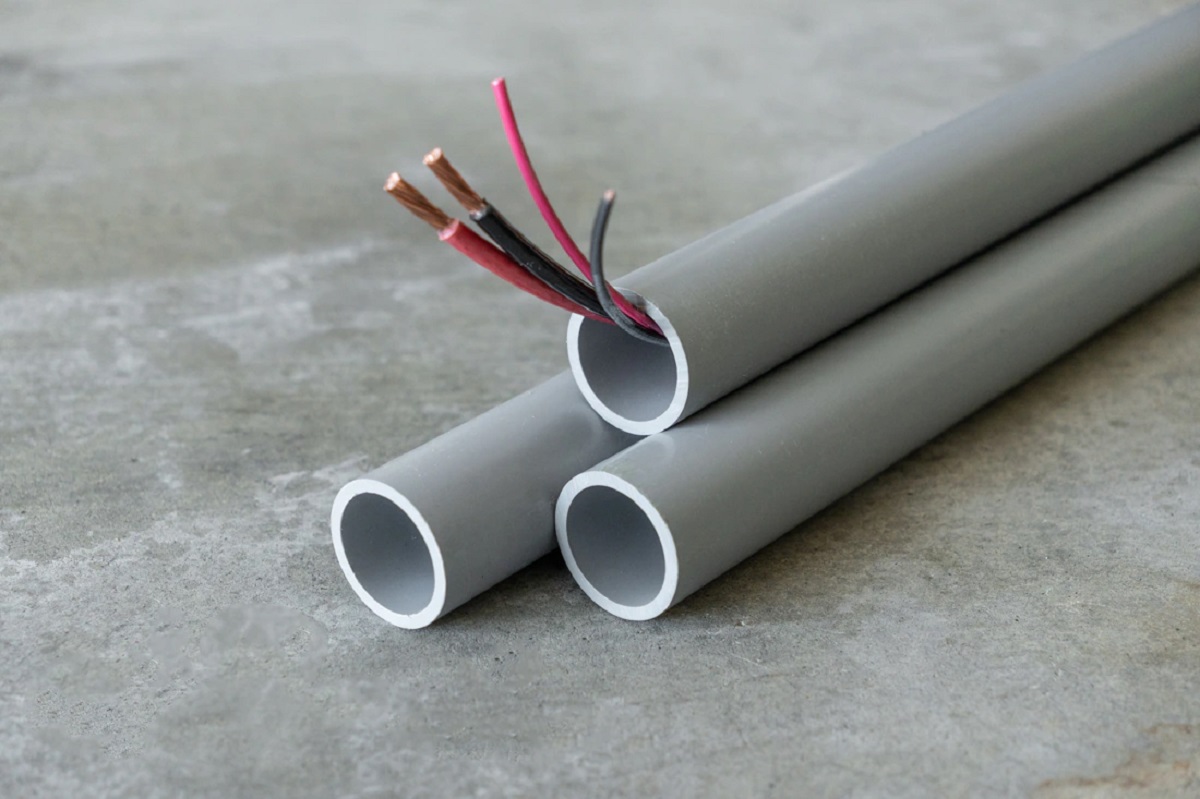


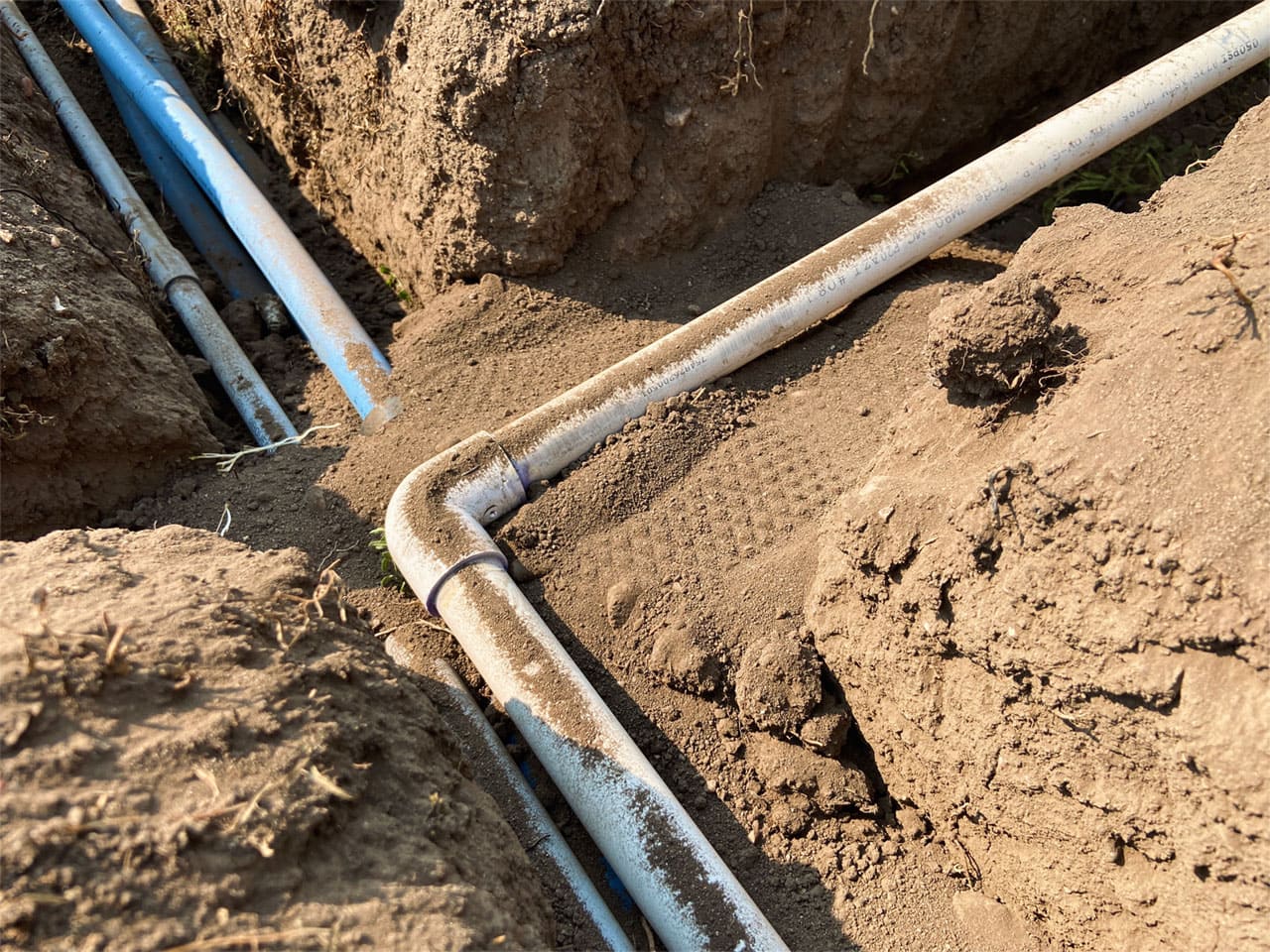
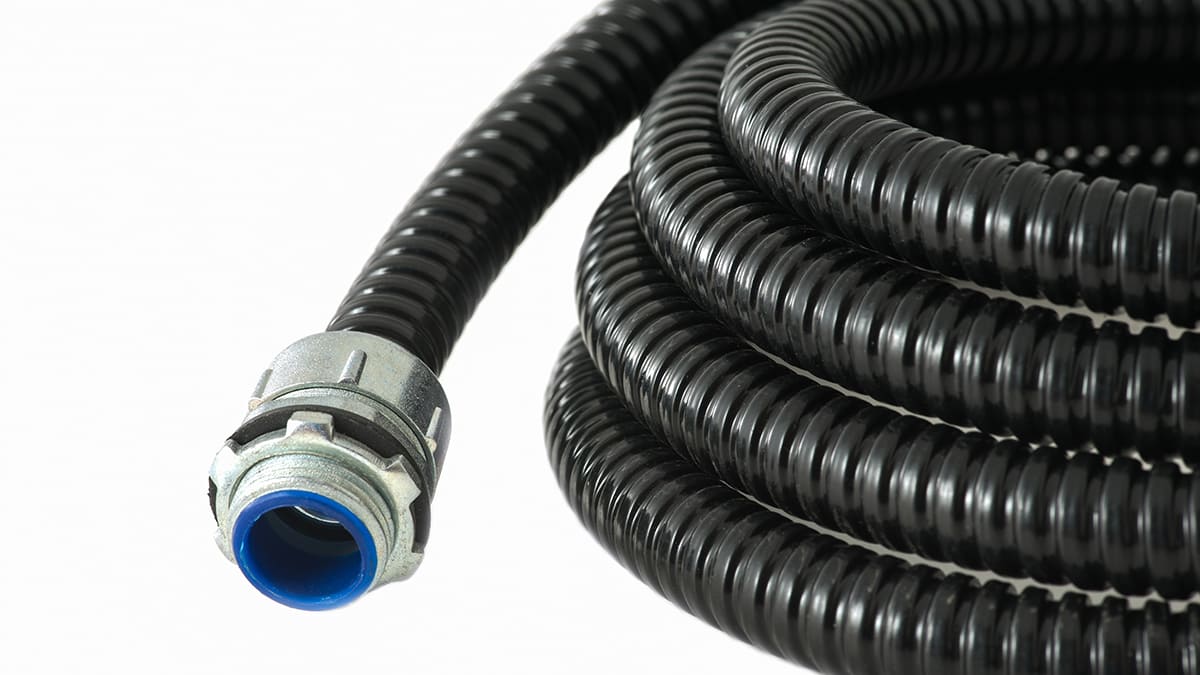
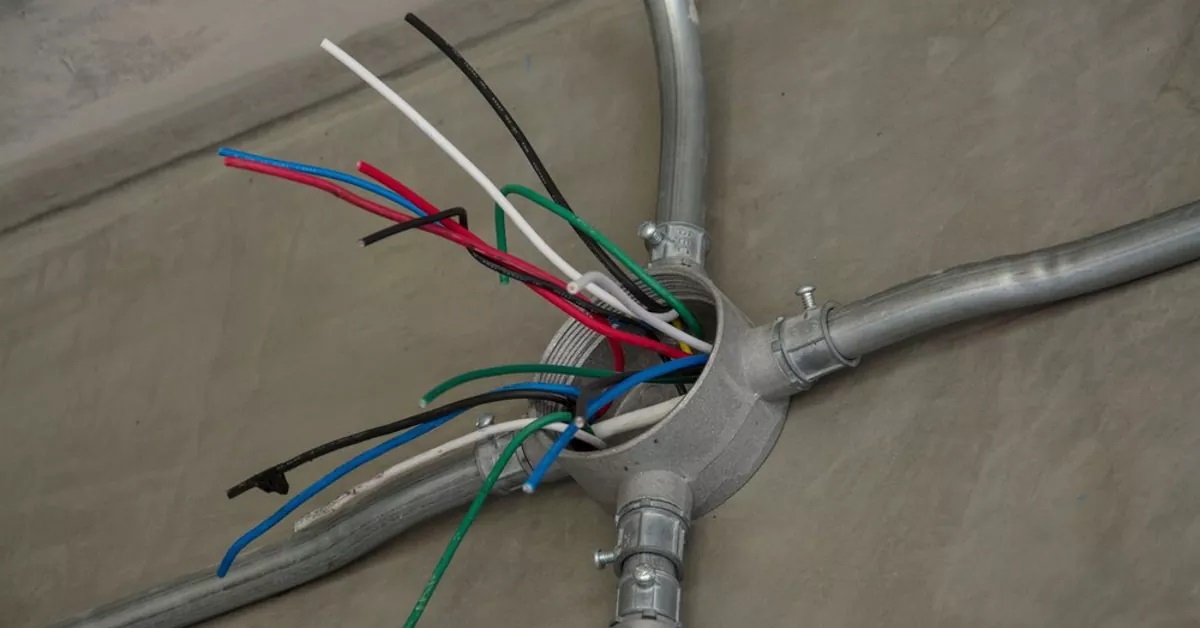
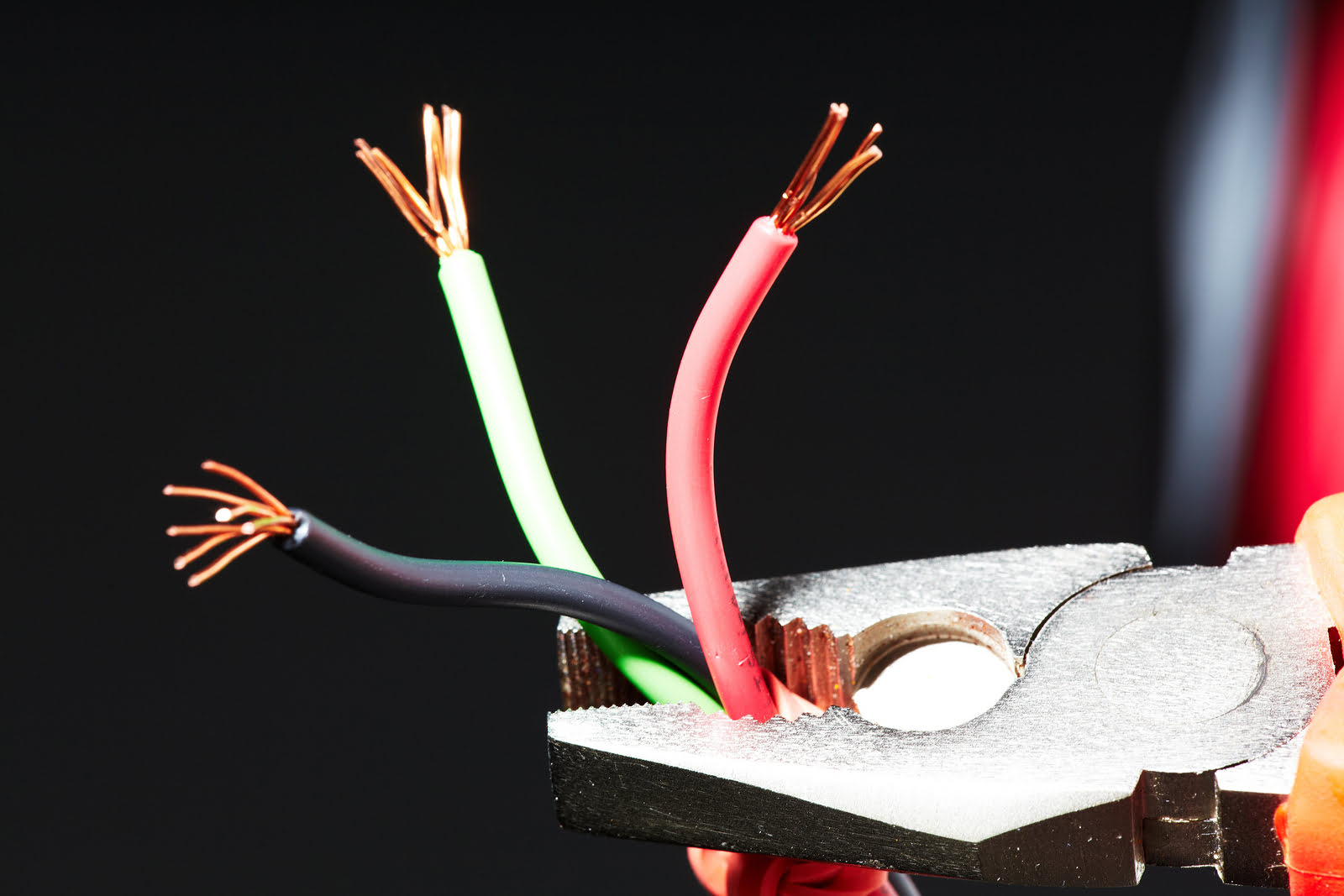
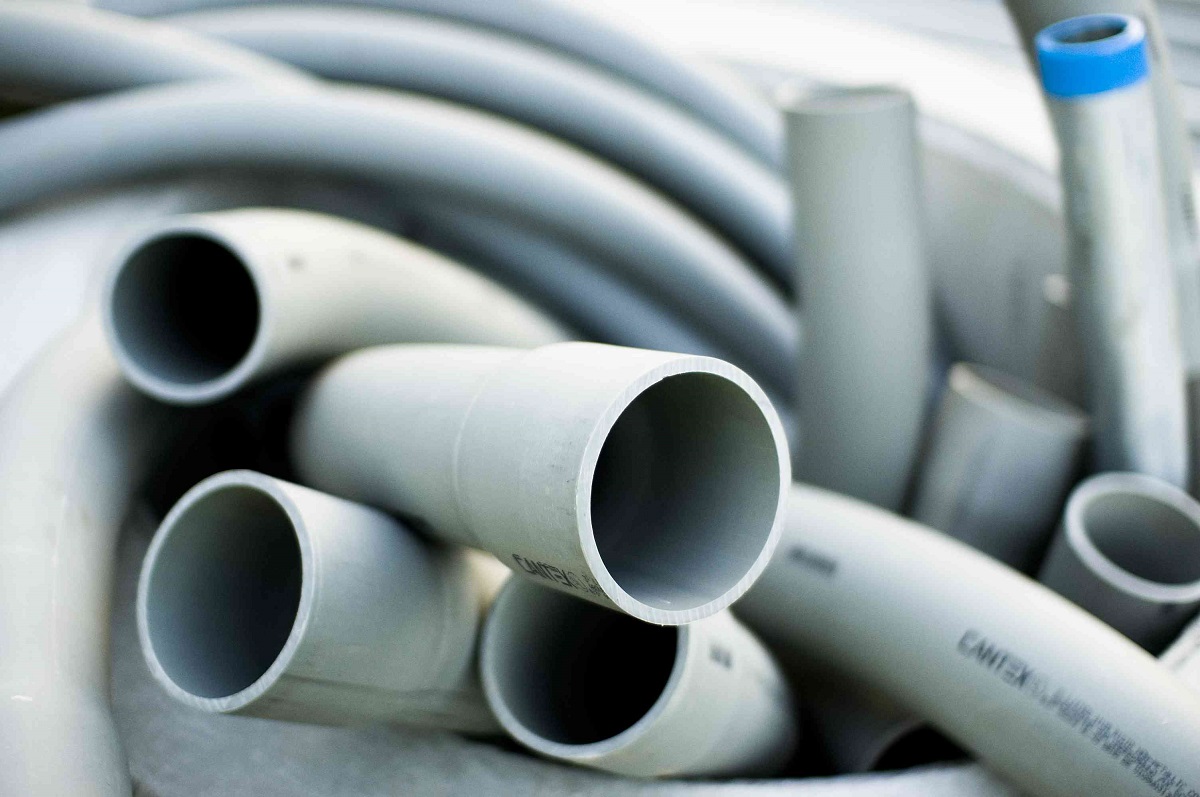
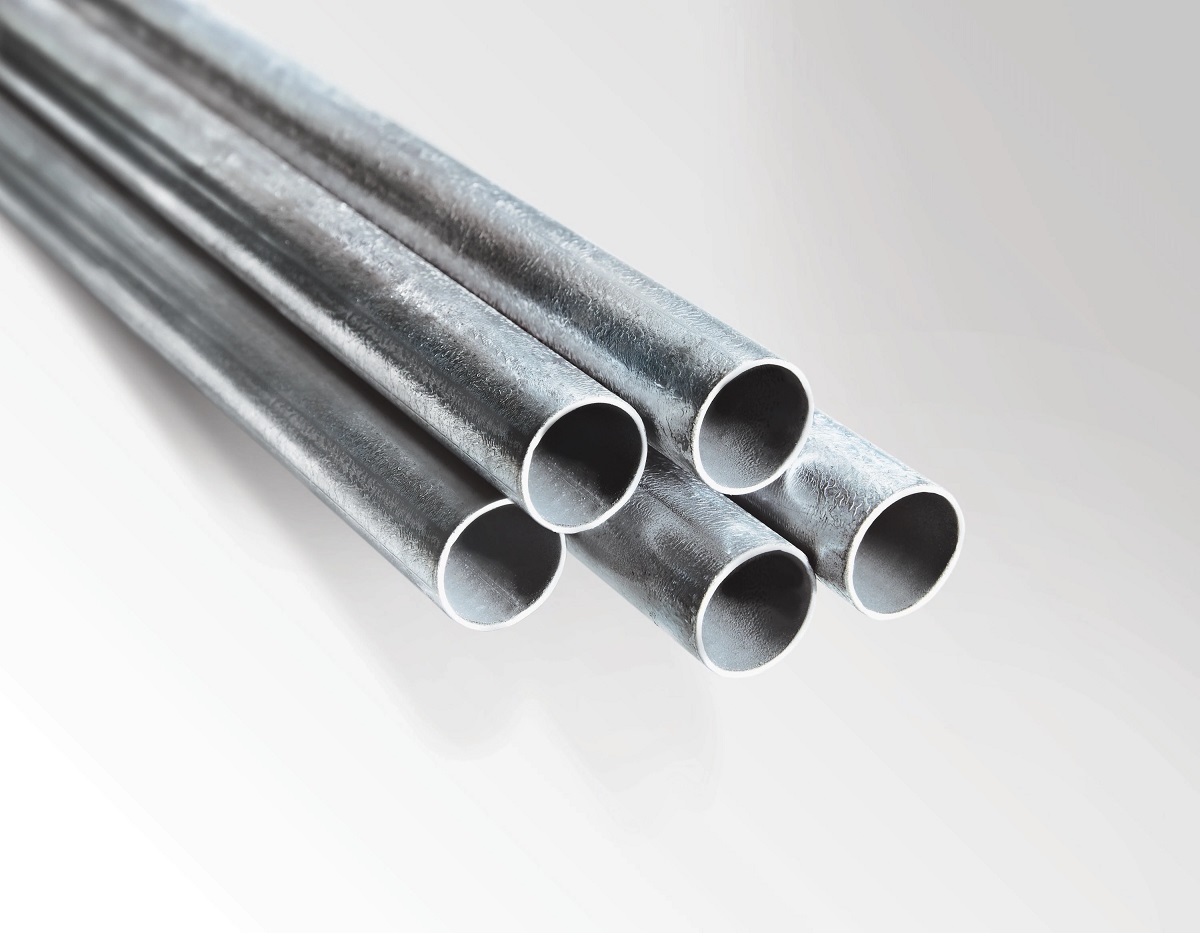

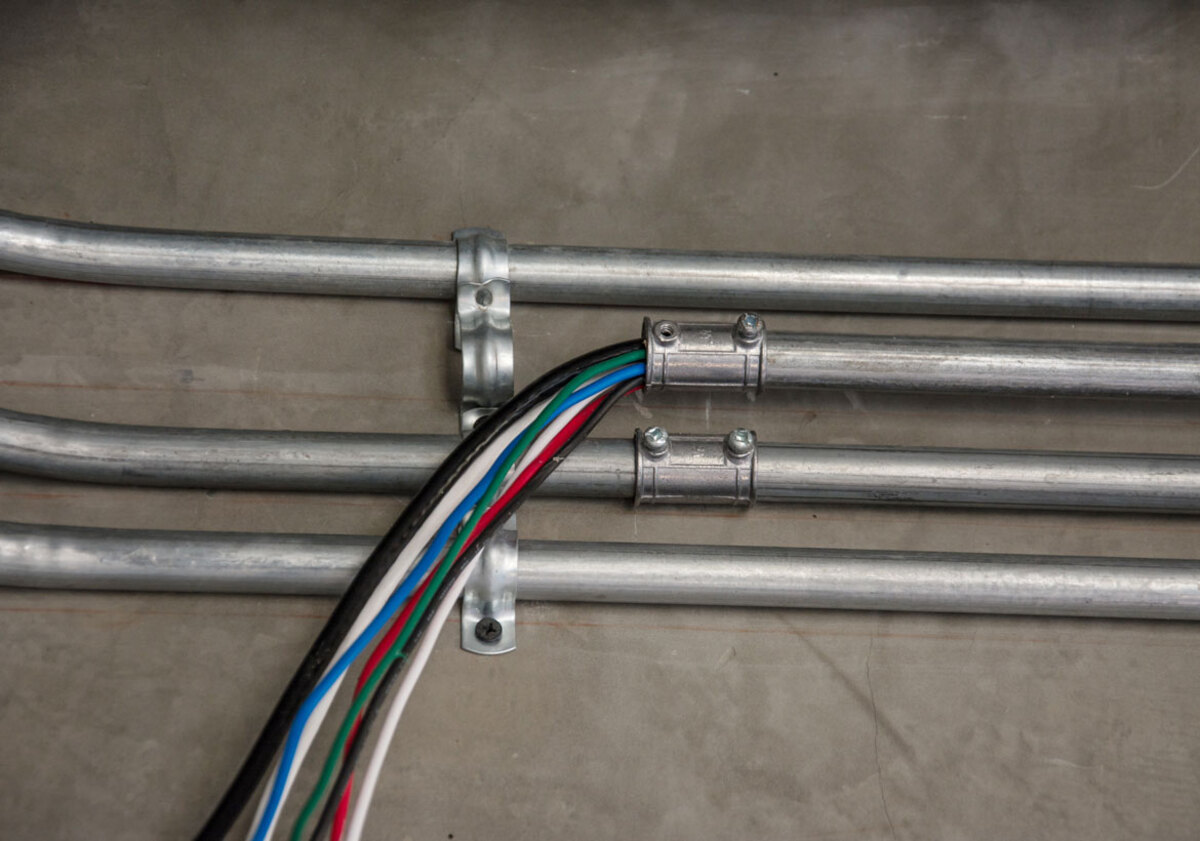

0 thoughts on “What Is Red Conduit Used For”